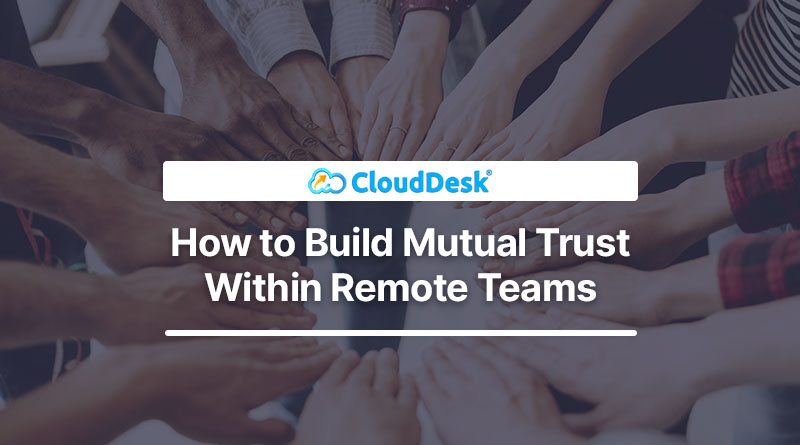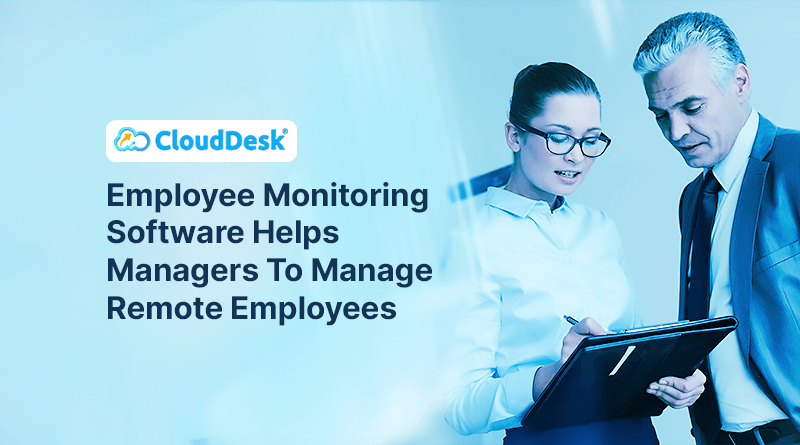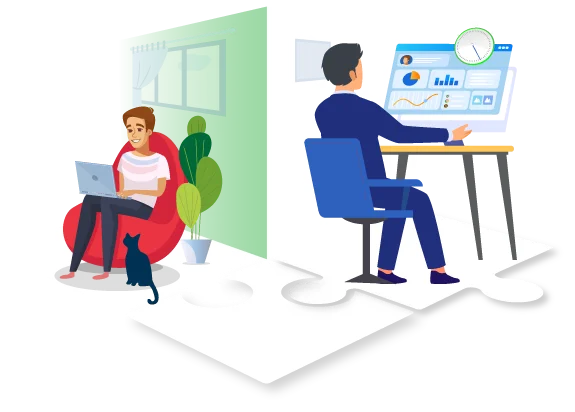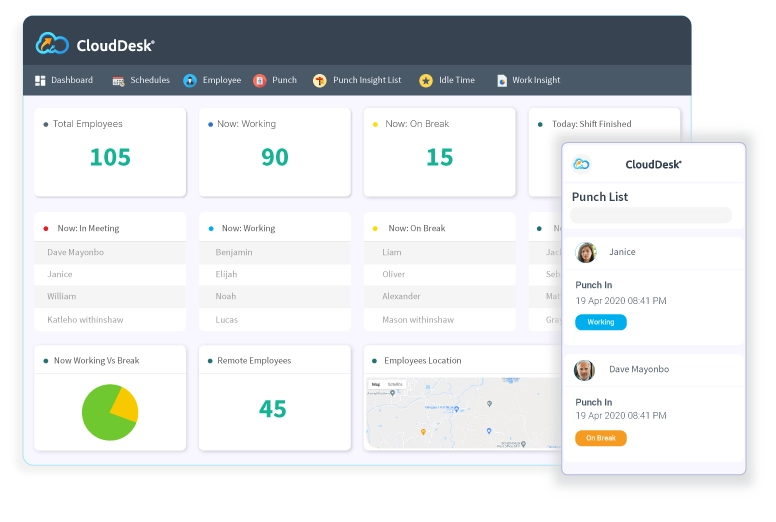Hybrid and remote teams are now a common term in many global organizations. While the hybrid working method allows businesses to employ the best talents regardless of geographical location, it also comes with its unique sets of challenges. Trust is the key element to build a successful remote team. Due to the absence of regular… Continue reading How to Build Mutual Trust Within Remote Teams
How to Build Mutual Trust Within Remote Teams

Hybrid and remote teams are now a common term in many global organizations. While the hybrid working method allows businesses to employ the best talents regardless of geographical location, it also comes with its unique sets of challenges. Trust is the key element to build a successful remote team. Due to the absence of regular face-to-face interactions, it becomes difficult to build mutual trust in remote teams and create a comprehensive work environment.
Research shows that by replacing remote employees with employees in a traditional office setting, the speed of coordination of execution increases as time zones are no longer a barrier. However, to get the best result you need a framework of building trust to ensure that employees with unique skills are connected to create high performing results to serve a common goal.
Trusting your remote employees, their work efficiency and performance is the magic formula to manage business success. But how can managers build mutual trust with remote employees without knowing about their working behavior? Having a trustworthy working relationship with your remote team members is crucial for improved productivity, engagement, and retention.
In this article, we explore a few ways in which you can foster mutual trust with your remote team:
Key Elements to Build Mutual Trust in Remote Teams
- Proper Communication: The foundation of any strong working relationship is based on proper, clear, open and frequent communication. It is the most important component of remote team collaboration too. Communication does not only include professional exchange of goals and objectives, but also on a personal level. After passing your message to remote team members, double check whether they understood your message clearly or not. Ask them frequently whether they have any questions. In most remote working environments, most of the communication takes places through emails and chats, so it is important that your team members understand what you mean. To ensure your message is clear you can also setup a conference call for better collaboration. Encourage your employees to express themselves clearly to you. Try to be friendly to your employees so they feel comfortable sharing their problems with you. Invite all your employees for a monthly meeting to discuss non-work-related stuff to get to know each other better. Remember the common principle of human nature: the better you know people, the more you trust each other.
- Set Clear Goals and Objectives: You can also establish trust by setting clear goals, expectations and priorities that are understandable, achievable, and trackable. You need to help your remote team understand the objectives of the business and how their hard work contributes towards achieving business success. When employees feel motivated and challenged, you can bring the best out of them. At the same time, also let your remote employees know how to update the rest of the other team members about the progress of their work to avoid any misunderstanding. When all of your team members know about their roles and what the company expects from them, they are more likely to work hard to achieve goals. The remote working relationship gets better with every achievement.
- Give Honest Feedback: Constructive feedback can significantly help your employees to develop their professional skills. Honest feedback will help your employees to build confidence, understand their mistakes and help them learn to perform better in the upcoming days. Providing feedback the right way can completely change how an organization works. It is not only vital for employee development and work performance, but also determines the success of any company. Remote employees are not aware of their performance unless their supervisor gives them feedback, so when they receive honest feedback it clarifies expectations and helps them feel supported. Try to provide feedback on a regular basis about employees’ performance and accomplishments to enhance the trust between remote teams.
- Invest in the Right Tools: When you are managing a team of remote employees, it becomes more difficult for you to know about employee productivity levels. You have to wait for them to deliver their projects in order to measure their performance which can create room for doubt about how they are spending their work hours. You can easily resolve these guessing games and doubts by implementing software that can track and measure remote employee productivity. Monitoring work from home employees using software can help you receive valuable insight about their work activities, which you can further analyze to know how they actually spent their time without micromanagement.
- Team Building Activities: It is easy for employees to feel lonely when they are working remotely for a long period of time. Building stronger bonds with co-workers can reduce stress levels and help your teams relieve their feelings of isolation. It also makes working together more fun and makes work easier for everyone. You can help your employees to bond by providing them online training sessions, connecting them on social media and organizing a virtual event and requiring everyone to participate. Whichever options you choose, make sure they will get your team out of their comfort zone and encourage socializing.

Finding the right ways to build trust within your remote teams can increase productivity and help your team achieve business goals. A work team where members trust each other will perform better and help the organization to grow. When you create the frame of mutual trust in your virtual team you empower your remote employees to work independently to achieve more.
Employee monitoring software designed for work from home employees is a great way to effectively manage remote teams. With help from this software businesses get visual detail of work activities of individual employees. By using monitoring software businesses can measure the productivity level of a remote team and keep an eye on the entire distributed team. Using software to monitor your remote employees will improve efficiency, increase productivity, identify the most skilled workers and eventually help you to build trust within the team. If you are looking for monitoring software to efficiently manage your virtual team, try CloudDesk. Sign up today for a Free 14-day Trial to start monitoring your remote team.
Similar Posts

Employee Monitoring Software Helps Managers To Manage Remote Employees

How Remote Work Leads to More Loyal Employees



